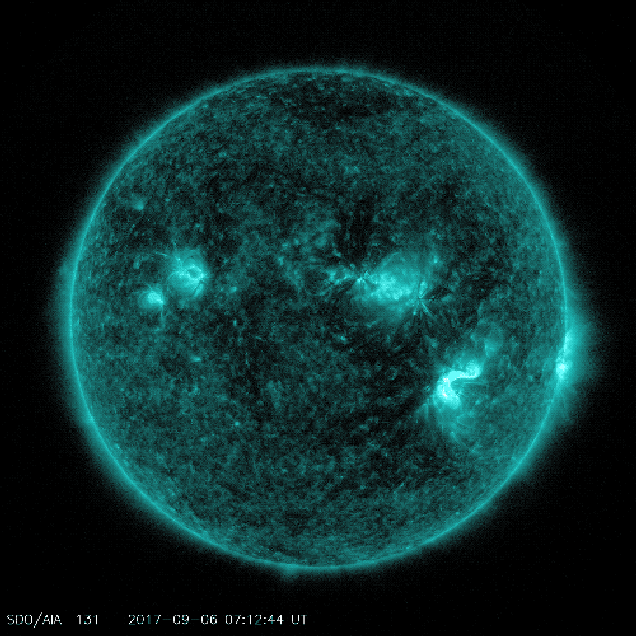
The region located between the surface of the sun and its atmosphere has been revealed as a more violent place than previously understood, according to images and data from NASA’s newest solar observatory, the Interface Region Imaging Spectrograph, or IRIS.
Solar observatories look at the sun in layers. By capturing light emitted by atoms of different temperatures, they can focus in on different heights above the sun’s surface extending well out into the solar atmosphere, the corona. On June 27, 2013, IRIS, was launched, to study what’s known as the interface region – a layer between the sun’s surface and corona that previously was not well observed.
Over its first six months, IRIS has thrilled scientists with detailed images of the interface region, finding even more turbulence and complexity than expected. IRIS scientists presented the mission’s early observations at a press conference at the Fall American Geophysical Union meeting on Dec. 9, 2013.
“The quality of images and spectra we are receiving from IRIS is amazing,” said Alan Title, IRIS principal investigator at Lockheed Martin in Palo Alto, Calif. “And we’re getting this kind of quality from a smaller, less expensive mission, which took only 44 months to build.”
Click through the link [above] and discover details, photos and a snazzy video. Enjoy!






